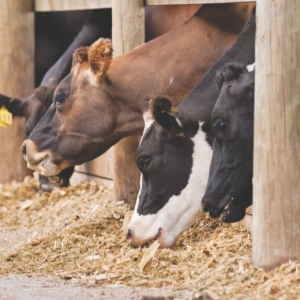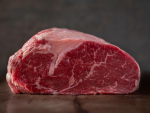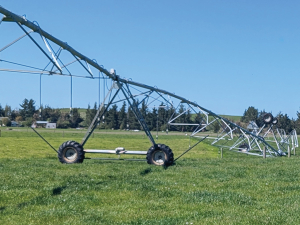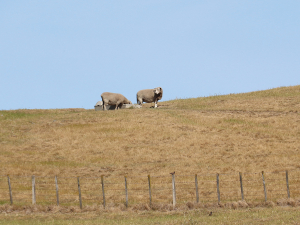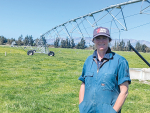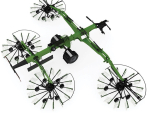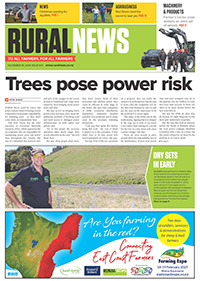Unfortunately young stock often suffer the most during times of feed shortages because:
They are usually given a lower grazing priority than the milkers.
They are frequently grazed off-farm.
It is difficult to “eyeball” how much they weigh relative to how much they should weigh.
While there has been on-going focus on ensuring calves meet weaning weight targets, nutrition of older young stock is just as critical. A large New Zealand study1 showed increased liveweight as a result of post-pubertal nutrition increased milk production. It is therefore important to target liveweight gain after puberty which usually occurs around 11-12 months of age.
Taking this research into consideration, DairyNZ targets2 for young stock are:
30% of mature liveweight at 6 months of age.
40% at 9 months.
60% of mature liveweight at 15 months (mating).
90% of mature liveweight at 22 months.
What does that mean right now?
If you have a spring calving herd, your rising one year heifers should be close to 50% and your in-calf heifers 90% of the weight of the mature cows in your herd.
Well grown rising one year heifers will cycle earlier and get in calf sooner. This will result in earlier calving in their first lactation and increase the chance they remain in the herd long-term.
Meeting the breed weight targets for in-calf rising two year heifers will help ensure you get more milk in the vat in the coming season. Irrespective of breed, each kilogram of liveweight at 22 months is worth 0.14kg fat and 0.10kg of protein3. At a milk price of $7.00/kgMS this translates to a return of about $1.66/kg of liveweight up to the target.
Maize silage for young stock
Maize silage is an excellent supplement for heifers for a number of reasons:
1. Maize produces low cost drymatter. Most farmers can grow maize silage crops that yield 18 - 24 tDM/ha for 15.8 - 21.1c/kgDM. Crops can be grown in high fertility dairy paddocks without the need for additional fertiliser for 11.6 – 15.5c/kgDM.
2. Maize silage can be stored and fed when required. Having a buffer of maize silage on-hand allows you to supplement young stock whenever liveweight gains are below target levels.
3. Maize silage is a ‘clean’ feed. Young stock grazing to low residuals are more susceptible to worms and facial eczema spores than older animals. Feeding maize silage reduces worm and spore intakes.
4. Safe to feed. The mix of highly digestible grain as well as fibre from the plant makes maize silage highly palatable and safe to feed.
There is only one reliable way to determine whether your heifers are on track to meet these targets and that is to weigh them. If they are too light, it is well worth investing in extra feed to get them up to target weight.
1 Macdonald, et al., 2005. Journal of Dairy Science 88: 3363-3375.
2 DairyNZ farmfact 3-22 Recommended liveweights for young stock.
3 Replacement heifers – rearing the next generation. DairyNZ Technical Series March 2011.
• Ian Williams is a Pioneer forage specialist. Contact him at This email address is being protected from spambots. You need JavaScript enabled to view it.





